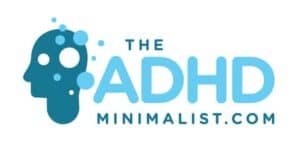
Out of desperation, I started using reward charts when my daughter started school. It was like pulling teeth to get her to do homework.
It was as if the word homework was code for tantrums. As soon as we said ‘Homework Time’ the tantrum started.
Often it took us half an hour to calm her down and convince her she needed to get her homework done!
I explained that if she skipped the tantrum and started her homework right away she would be done in half the time, but I only succeeded in making myself blue in the face.
The thought of doing homework made her feel so frustrated and overwhelmed that logic was of no use.
Since we started using reward charts we have almost completely eliminated the angry explosions.
It took some trial and error to find a system that actually worked. Some of the most recommended ideas just didn’t work for us.
My daughter was later diagnosed with ADD and dyslexia which contributed to her outbursts.
The reward charts got a thumbs up from my son as well as my daughter. He was diagnosed with ADHD at the age of eight.
He is now thirteen and finally understands the realities of needing to get homework done in order to pass his class in school.
I believe reward charts for homework and other specific behaviors can help any child.
Associating something positive with Homework (or other desired behaviors) can help change the child’s response.
Often Kids have negative emotions associated with tasks we (the parents) ask of them.
It’s as if children go on autopilot and every time we say homework or brush our teeth they give us an automated negative response.
The purpose of a reward chart is to push the restart button and help the child think before responding.
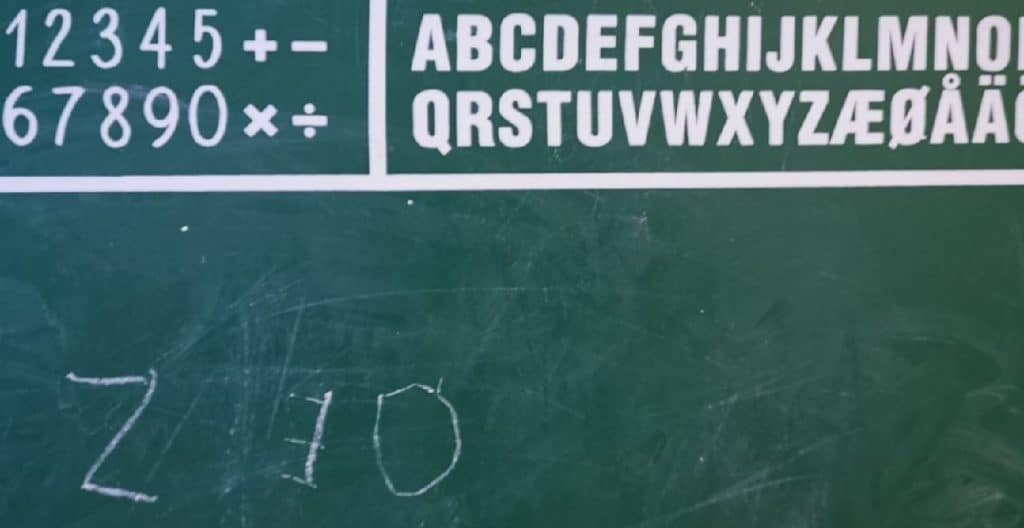
Why use reward charts?
I wondered this myself when I was searching for a solution for my daughter’s homework tantrums.
It all boils down to raising dopamine levels so when they hear ’ Let’s do homework’ or ’It’s time for bed’ they associate it with a reward.
Psychologists and doctors speculate that children with attention deficit hyperactivity disorder (ADHD) or attention deficit disorder (ADD) may have low levels of dopamine or problems with the dopamine transporters.
‘’Dopamine levels can affect a person’s mood, attention, motivation, and movement. Dopamine also regulates the brain’s reward system, with its levels increasing in the brain when a person experiences something pleasurable. . .’’ writes Shannon Johnson for Medical News Today
https://www.medicalnewstoday.com/articles/325499
Children who have low dopamine levels need an external motivator to provide them with the same ‘Reward’ or ‘Sense of Satisfaction’ that children without a diagnosis experience naturally.
In other words, a reward, or the anticipation of a reward, can give kids with ADD/ADHD the raised dopamine levels that children without an ADD/ADHD diagnosis may experience naturally from simply completing their homework and knowing it was a job well done.
https://www.healthline.com/health/dopamine-effects#definition
This is where the ‘Reward Chart’ comes in. It gives them something to look forward to when the homework is done (or another desired behavior is successfully completed).
From now on I will use homework for my standard example.
The hope is that the child’s brain will begin to associate this external reward with homework, which triggers a dopamine release and a feeling of pleasure when they are asked to do their homework.
We want this positive feeling to replace the feeling of panic, anger, and inadequacy that causes outbursts whenever homework is mentioned.

We made up our own reward chart system which we call The Reward Chart Game.
Think of the reward chart as an ongoing board game. Your child is one of the players.
You can choose to have a second made-up character for your child to compete with if he/she finds this extra motivating (more on that later). You are the administrator or banker in the game.
How to make the ‘Chart’ or ‘Board’ for The Reward Chart Game
I am explaining this first because you need a mental picture in order to understand The Reward Game.
In a nutshell, we simply drew a road, divided it up into sections, wrote where to start and stop, added small prizes along the way, and a bigger Prize at the end.
It doesn’t need to be more complicated or artistic than the charts I made. Your kids will be interested in the prizes, not how the chart looks.
You will need to ask your child if they want to earn smileys on their own or if they want to compete with an imaginary character.
That will determine how you draw your chart. We used the chart on the left for my youngest daughter to compete against the poop monster and get to the potty on time.
If you want to make it look more like a ‘Real’ board game buy a bigger piece of thick paper, draw your ‘Road’ and let your child decorate the empty spaces with drawings or magazine clippings.
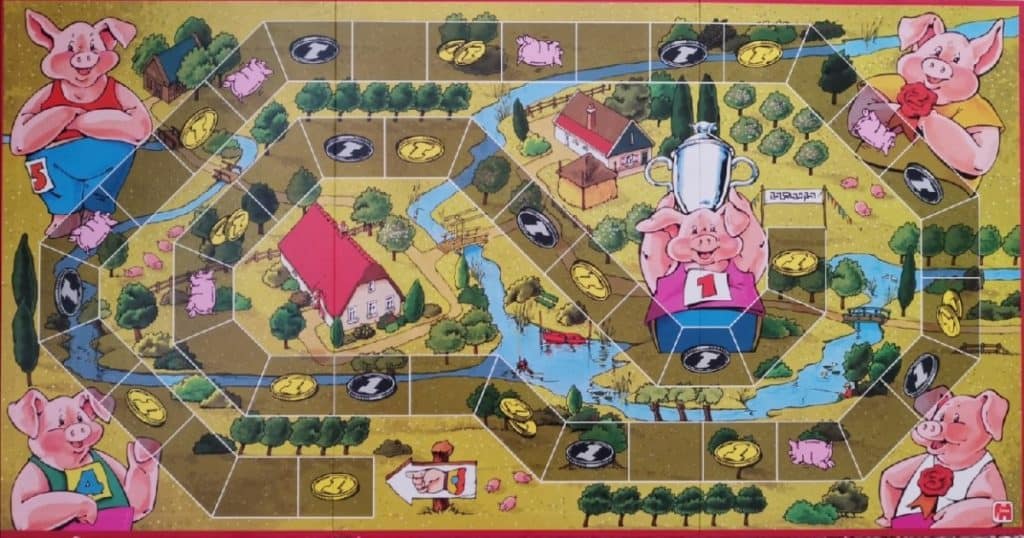
Another alternative is to use the board from an incomplete board game you have around the house.
You will need to customize the board with small drawings of prizes along the ‘Road’ and a big prize at the end.
You can check out the links below from rewardcharts4kids.com. These charts will work for younger kids probably ages two to four.
The charts only have ten to thirteen places to put smileys. (In other words 10 to 13 opportunities for your child to exhibit good behavior.)
You will need to add the smaller rewards on some of the numbers and draw a big present or prize at the end.
https://www.rewardcharts4kids.com/wp-content/uploads/2011/02/indian-reward-chart.jpg
https://www.rewardcharts4kids.com/wp-content/uploads/2009/10/spongebobrewardchart-12steps.PDF
https://www.rewardcharts4kids.com/wp-content/uploads/2011/05/Reward-Charts-Spiderman-2.jpg
You can play The Reward Game in two different ways.
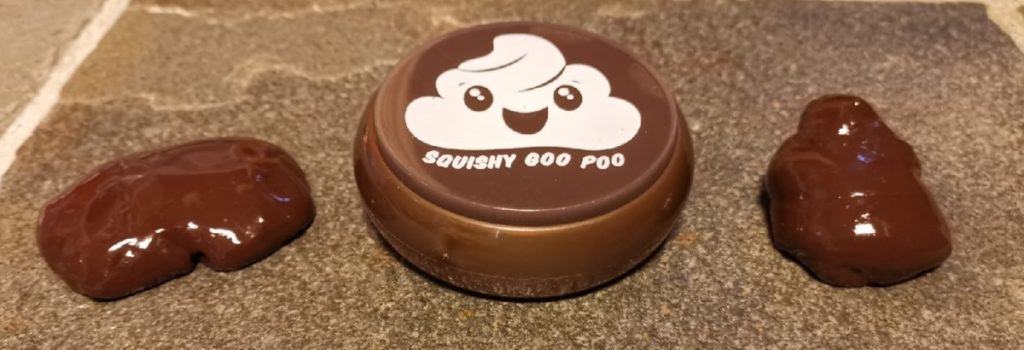
1 Play the Reward Game against an imaginary competitor.
When my daughter was younger she had trouble making it to the bathroom on time. We came up with the idea to have her compete with the poop monster
We made a chart with two parallel roads. One road was for the Poop and Pee monster who got smileys when she didn’t make it to the bathroom on time.
The other road was for my daughter. When she made it to the potty, and she had dry underwear, she got smileys.
She is extremely competitive and the poop monster motivated her.
The first time we made the chart she got two smiles every time she had a bowel movement in the toilet and one smiley every time she urinated in the toilet.
The second time around she got only one smiley for pooping or peeing. She won both times and we never needed to make the third chart.
If you are using the chart for an older child they could compete against the whining monster, the lazy monster, the homework-eating monster, or any other idea you have for a made-up competitor.
Make sure the rules are clear before you start. Your child needs to know how to earn a smiley, and he/she should know under what circumstances the monster gets a smiley.
It may be when the child whines (Behaves in a certain way) or when something doesn’t get done (Lack of behavior).
This is for you to decide, but if the rules are wishy-washy and you give the monster smiles whenever you feel like it your child may give up because he/she will not see a clear way to win.
MAKE SURE THAT YOUR CHILD WINS!!! Don’t cheat, but set the rules slanted in their favor.
The point is to motivate your child to do well and show them that changing their behavior can be fun. Feeling frustrated about losing to the ‘Monster’ will probably not accomplish this goal.
Remember the first time my daughter did the chart she got two smileys when the ‘Monster’ got one.
When she got her confidence up and she knew she could beat the monster we gave her a harder challenge.
The goal is for your child to get so good at the new behavior that you can either phase the Reward Game out completely or start using it for new behaviors.
2 Play the Reward Game with one competitor.
The objective is to get from start to stop collecting small rewards in between and a bigger prize at the end.
Tell your child what behavior you want them to work on. If it’s homework let them know how to behave when doing their homework in order to earn smiles on their chart.
When your child exhibits the desired behavior, for instance doing homework on time without whining and arguing,
He/She gets to draw a smiley on the next section of the road. (alternative; use stickers)
Our daughter wanted to do this herself so it became her responsibility to make sure that she drew on the chart whenever she met the goal.
He/she will collect prizes along the way to keep motivation up.
When your child is not competing against anyone else you don’t need to worry about them winning, but you do need to make realistic goals so your child feels that he or she is making progress.
If it takes too long to complete the whole chart your child may give up altogether.
Be realistic about how long it will take and make sure you have enough small prizes along the way.
When they have completed the first chart you may need to make a second chart that is a bit harder for the child.
The idea is to phase the chart out. When you feel that your son or daughter has mastered a particular behavior you can choose a new behavior for the next chart.

Implementing the prize system for The Reward Chart Game.
On the pictures of small candies and small amounts of money 10 cents up to 1 dollar I suggest you tape the candy and the money directly on the chart.
This will eliminate the need for you to stop what you’re doing or ask your child to wait if they need a prize when you are momentarily inaccessible.
You can add as many of these small prizes as you need to keep your child’s motivation up.
Some of the road sections on the chart should have pictures of presents on them. When your child lands on these they get to pick something from the family store.
The ‘End Prize’ can come from the store as well, unless you decide something else ahead of time.
My husband and I bought a bunch of cheap toys, games, puzzles, fun socks, craft kits, barbies, and small to medium legos which we made into a mini-store.
We divided the toys into categories of small, medium, and large. In other words, cheapest toys, cheap toys, and toys that cost a little more (legos, barbies, craft kits). You can also use pictures of experiences the child can pick from instead of toys.
When they landed on a small package in the middle of the chart they got to pick a toy or experience from the corresponding category. My kids thought this was fun.
If you don’t want to spend the money upfront, have your child help you cut out pictures from toy catalogs and group them in price categories, or make a ‘Store’ out of pictures of experiences and eliminate the toys altogether.
Make sure that all the toys/things in the store are items you are willing to buy as soon as your child finishes his/her chart.
Don’t forget that your child needs to want the prizes on the chart for this to work.
Discuss with your child what kinds of toys or other rewards they would like to have.
Rewards can be money, ice cream, candy, or other yummy healthy snacks, going swimming, taking a hike, going to the park, video game time, and seeing a movie as well as toys.
(Source)https://www.amotherthing.com/wp-content/uploads/2017/03/Princess-Reward-Chart.pdf
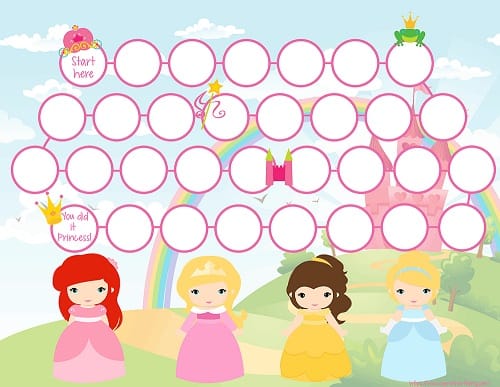
How to use a reward chart effectively
Here are some rules for using The Reward Chart Game effectively
One Reward Chart per behavior
Make a separate Reward Chart Game for each behavior. If you want to work on three behaviors for example Potty training, smooth bedtimes, and proper dinner etiquette make three rewards charts.
Hang up the ‘Chart’ or ‘Board’ where they are used.
It will be much easier to remember to draw smileys on the chart if the chart is right where you need it.
Put each ‘Chart’ or ‘Board’ where your child performs that particular task. Potty charts should be in the bathroom, A manners chart on the fridge, and a bedtime chart in the bedroom.
Only use three Reward charts at a time.
Three reward charts = three behaviors
Decide ahead of time what behaviors to work on. Don’t pick more than three or it will be confusing for your child.
If you feel your child has many behaviors to work on, move on to three new behaviors after they have completed the first three Reward Chart Games.
The ‘End Prize’ must be something your child wants to recieve.
It may seem obvious, that the ‘End Prize’ must be something that the child wants to receive.
Parent’s often think they know what their children want to receive, but often they are wrong. Ask your child what they would like as a prize.
Trying to make a reward chart with a prize of ‘Mowing the lawn’ would be like trying to motivate yourself to go on a diet with a prize of anchovies after two months of hard work!
A goal of eating anything you want for Easter dinner would be a much more motivating reward.
Discuss with your child what kinds of toys or other rewards they would like to have.
Rewards can be money, ice cream, candy, or other yummy healthy snacks, going swimming, taking a hike, going to the park, video game time, and seeing a movie as well as toys.
Print out pictures to represent the non-toy items in the store. You can either buy some things for your store or cut out pictures for the store.
If you think your child has too many toys you can eliminate the toys from the chart and have pictures of experiences for the prizes in your store.
Just make sure you have things in the store that will motivate your child.

If your child says that he/she forgot to put two smiles on the chart yesterday. Give him/her the benefit of the doubt.
If they honestly did forget and you refuse to give him the smilies you are undermining the whole concept of the reward chart by refusing.
This will cause your child to quickly lose motivation.
If you think your child is not being honest give them the smileys anyway without making a big deal out of it.
Then you can silently keep a closer eye on the rest of the proceedings.
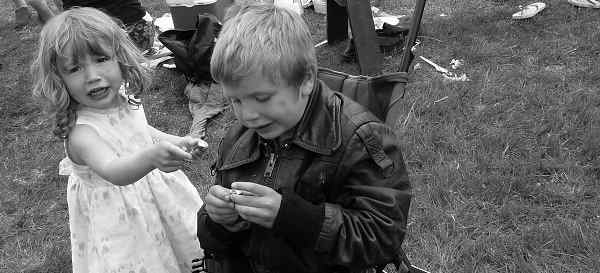
Siblings should not have identical rewards charts.
The older the child, the longer the road should be.
Our daughter is now ten and we have started using a simpler method where we fill an 8×10 paper (an A4) with squares and you start in the left-hand corner and follow the chart down to the bottom.
We do this because she is big enough to handle a whole paper full of squares, and we don’t have to buy a piece of paper to make a ‘Road’ out of the squares.
As long as she has small prizes along the way to keep motivation up this works well.
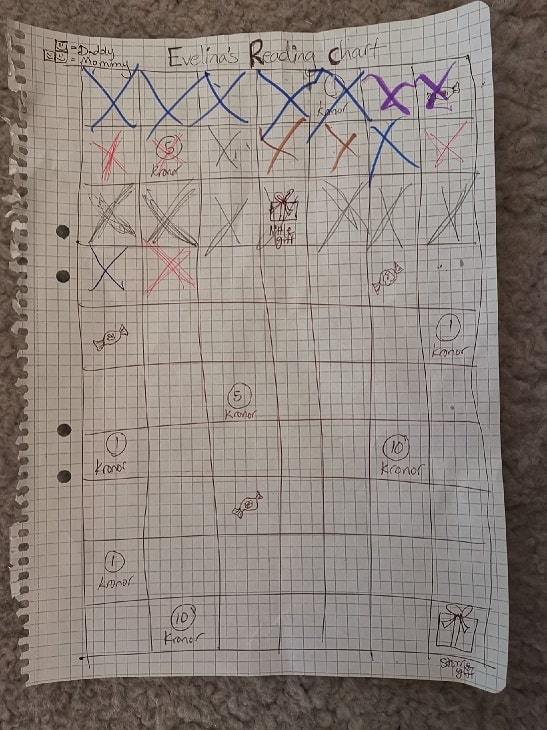
Smileys earned when you are out of the house should be given right away.
Keep stickers in your purse for smaller children and give them out immediately.
Older kids can keep track of how many smiles they need to draw when they get at home on their phone, or you can SMS them each time they earn a smiley when you are out and about.
You may need to remind them to actually draw the smiles /Put the stickers on when you get home

The child should win when playing against the monster
In order to keep your child motivated, set the rules in their favor when they play with an imaginary adversary.
You may need to give your child 2 smiles for going to bed without fussing and give the monster one smiley or frowny face when the child has a fit before bed.
Let him/her win rather easily the first time.
The second time you play The Reward Chart Game for the same behavior makes it harder for your child. The second time may be both your child and the monster get the same amount of smilies.
The second time they already have the confidence to beat the monster and they have been practicing better behavior so it should be easy to beat the monster with their new skills.
I hope that this gives you some new inspiration to be creative with your reward charts.
Check out my post on ADHD and school What every teacher should know about the ADHD child
For more information and reading tips check out Our Favorite Resources page https://theadhdminimalist.com/our-favourite-resources/
If you have questions or comments please email me at babysnail2002@yahoo.com
Copyright Annie Eklöv
